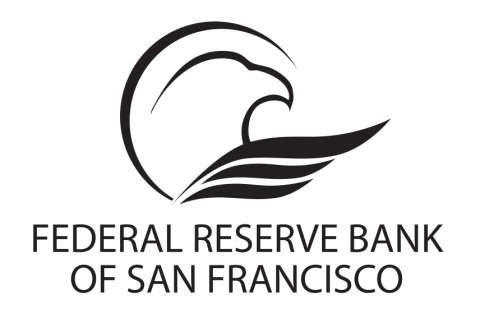Published in 2012, Investing in What Works for America’s Communities: Essays on People, Place, and Purpose was an effort to provoke new ways of thinking about an old challenge: poverty in America. Conceived and produced by the Federal Reserve Bank of San Francisco and Low Income Investment Fund (LIIF), the volume attempted to answer the question teased by its title—how do we expand economic opportunity for all Americans? What works? That analysis uncovered four important observations. First, good data and analytical tools are essential to evaluating and effectively responding to the needs of low- and moderate-income (LMI) communities. Second, household financial well-being is a necessary pre-condition for multiple outcomes that drive economic resilience and mobility, such as housing stability and educational attainment. Third, financial incentives must be aligned with impact. Scarce resources should be reserved for organizations and programs demonstrating a sustained track record of success. And finally, equity and inclusion need to be centered in our work to build an economy where everyone can participate and no one is left behind.
Each of these observations were expanded upon in subsequent What Works volumes published over the last decade, comprising a five-book set. At the core of each is a partnership between the Federal Reserve Bank of San Francisco and a mission-driven organization dedicated to improving outcomes for LMI communities. Beginning with LIIF, the series has now expanded to include partnerships with the Urban Institute, Prosperity Now (formerly CFED), Nonprofit Finance Fund, and finally the National Initiative on Mixed-Income Communities at Case Western Reserve University. These collaborations have yielded a rich collection of ideas that continue to inform community development policy and practice.
Authors in this volume, What Works to Promote Inclusive, Equitable Mixed-Income Communities, tackle a range of questions that are critical for the entire community development industry to sort through – both as we assess the outcomes of policy and practice regimes of the past 30 years and as we experiment with new models to address the legacies and current manifestations of inequitable and exclusive development patterns. Taken together, the essays point out that all of us – across sectors, disciplines, and geographies – have roles to play in catalyzing and operationalizing systems-level changes that drive racially equitable outcomes as well as inclusive decision-making processes that get us there. The events of the Spring of 2020—a global pandemic which has generated health and economic costs borne disproportionately by low-income communities and communities of color, and a global outcry in response to police brutality, structural racism, and systemic injustice, all of which constrain economic opportunity for people of color—heighten the urgency of sharpening our focus on what we can each do to advance inclusive, equitable communities. The analysis and ideas presented in this volume can help us do just this – and we encourage you to grapple with the tensions, complexities, and hard questions that are inherent to mixed-income community revitalization in service of getting us closer to an inclusive, equitable America.
A project of this scope and complexity requires visionary leadership. We are grateful to Mark Joseph and Amy Khare at the National Initiative on Mixed-Income Communities (NIMC) at Case Western Reserve University for their skillful stewardship of this effort and excellence in scholarship. We are also thankful to The Kresge Foundation, in particular Aaron Seybert, Kimberlee Cornett, and Rip Rapson, for their generous support of NIMC for this What Works volume and their long-standing commitment to innovative social investment. Finally, we would like to acknowledge community development leaders Nancy Andrews, Ellen Seidman, and our Federal Reserve colleague and friend David Erickson for creating this enduring platform to share ideas that advance the anti-poverty field. Continued interest in this series is a tribute to their vision and dedication to social justice.
What Works to Promote Inclusive, Equitable Mixed-Income Communities brings together leading voices in a united call for equity and inclusion, and the Federal Reserve Bank of San Francisco is excited to keep this conversation going. In addition to publishing a hard-copy version of the online volume, we are looking forward to hosting a launch convening that brings these important essays to life through authentic dialogue. It is our hope that by amplifying the key themes of this book to a wide audience, we can invite new champions into the movement for the next generation of mixed-income communities.
Sincerely,
Ian Galloway
Co-Editor
Investing in What Works for America’s Communities: Essays on People, Place, and Purpose and What Matters: Investing in Results to Build Strong, Vibrant Communities
Naomi Cytron
Co-Editor
What Counts: Harnessing Data for America’s Communities
Laura Choi
Co-Editor
What It’s Worth: Strengthening the Financial Future of Families, Communities, and the Nation


